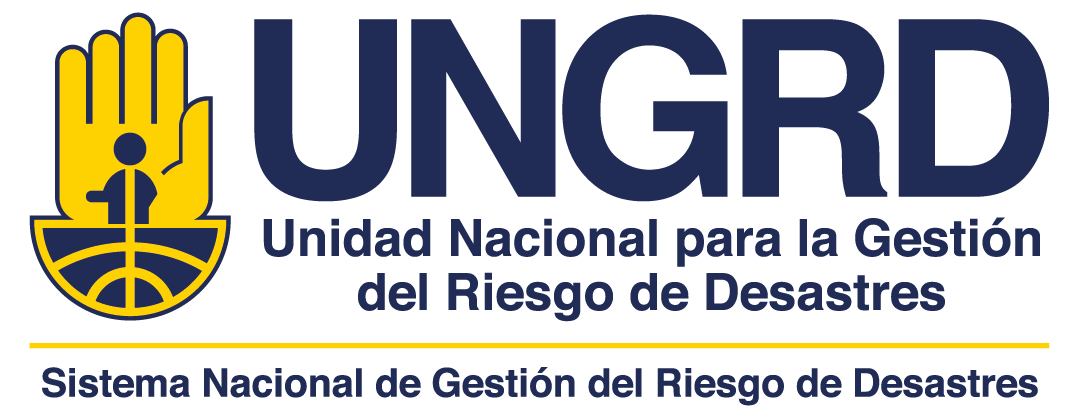Mostrar el registro sencillo del ítem
A system of indicators for disaster risk management in the Americas
| dc.creator | O.D. Cardona | |
| dc.date.accessioned | 2016-07-28T13:28:59Z | |
| dc.date.available | 2016-07-28T13:28:59Z | |
| dc.date.issued | 2008 | |
| dc.identifier.citation | O.D. Cardona. (2008). A system of indicators for disaster risk management in the Americas . Manizales. 250th Anniversary of the Lisbon Earthquake | |
| dc.identifier.uri | http://hdl.handle.net/20.500.11762/19782 | |
| dc.description.sponsorship | Instituto de Estudios Ambientales - IDEA, Universidad Nacional de Colombia | |
| dc.format | Digital (.pdf) | |
| dc.language.iso | en | |
| dc.publisher | 250th Anniversary of the Lisbon Earthquake | |
| dc.source | instname:Unidad Nacional para la Gestión del Riesgo de Desastres | spa |
| dc.source | reponame:Repositorio Institucional Unidad Nacional para la Gestión del Riesgo de Desastres | spa |
| dc.subject | Disaster deficit index | |
| dc.subject | local disaster index | |
| dc.subject | prevalent vulnerability | |
| dc.subject | risk management index | |
| dc.title | A system of indicators for disaster risk management in the Americas | |
| dc.type | info:eu-repo/semantics/article | spa |
| dc.description.departamento | MANIZALES | |
| dc.type.spa | Articulo de conferencia | |
| dc.rights.accessRights | info:eu-repo/semantics/openAccess | spa |
| dc.description.abstractenglish | Disaster risk is most detailed at a micro-social or territorial scale. As we aggregate and work at more macro scales, details are lost. However, decision-making and information needs at each level are quite different, as are the social actors and stakeholders. This means that appropriate evaluation tools are necessary to make it easy to understand the problem and guide the decision-making process. It is fundamentally important to understand how vulnerability is generated, how it increases and how it accumulates. Performance benchmarks are also needed to facilitate decision makers access to relevant information as well as the identification and proposal of effective policies and actions.The system of indicators proposed for the Americas permits a systematic and quantitative benchmarking of each country during different periods between 1980 and 2000, as well as comparisons across countries. Four componentsor composite indicators have been designed to represent the main elements of vulnerability and show each country s progress in managing risk. The four indicators are:The Disaster Deficit Index measures country risk from a macroeconomic and financial perspective according topossible catastrophic events. It requires the estimation of critical impacts during a given period of exposure, as well as the country s financial ability to cope with the situation.The Local Disaster Index identifies the social and environmental risks resulting from more recurrent lower levelevents (which are often chronic at the local and subnational levels). These events have a disproportionate impact on moresocially and economically vulnerable populations, and have highly damaging impacts on national development.The Prevalent Vulnerability Index is made up of a series of indicators that characterize prevalent vulnerabilityconditions reflected in exposure in prone areas, socioeconomic weaknesses and lack of social resilience in general.The Risk Management Index brings together a group of indicators that measure a country s risk management performance.These indicators reflect the organizational, development, capacity and institutional actions taken to reducevulnerability and losses, to prepare for crisis and to recover efficiently from disasters.In this way, the system of indicators covers different areas of the risk problem, taking into account issues such as:potential damages and losses resulting from extreme events- recurrent disasters or losses- social and environmentalconditions that make particular countries or regions more disaster prone- the capacity of the economy to recover- theoperation of key services- institutional capacity and the effectiveness of basic risk management instruments (such asrisk identification, prevention and mitigation measures, financial mechanisms and risk transfer)- emergency responselevels- and preparedness and recovery capacity. | |
| dc.relation.publisherversion | - | |
| dc.type.hasVersion | info:eu-repo/semantics/acceptedVersion | spa |



